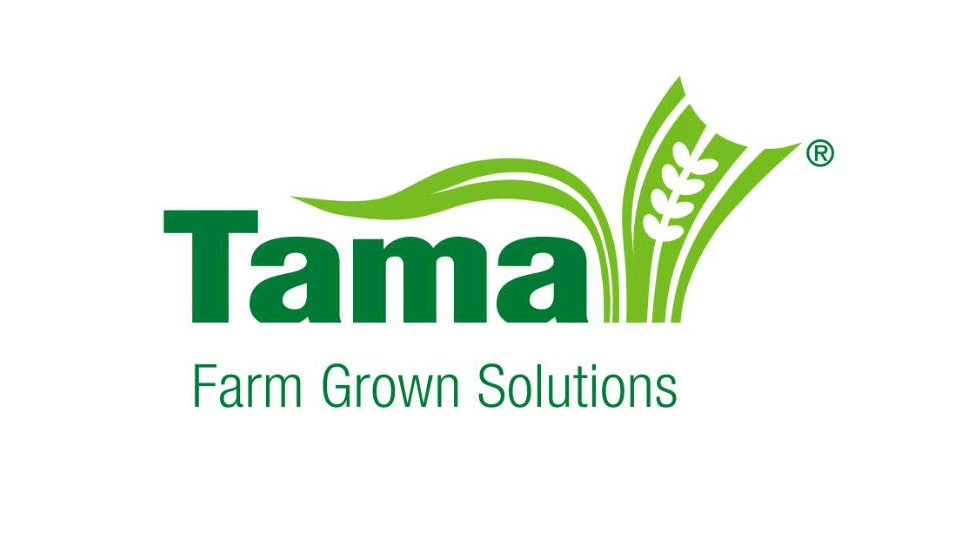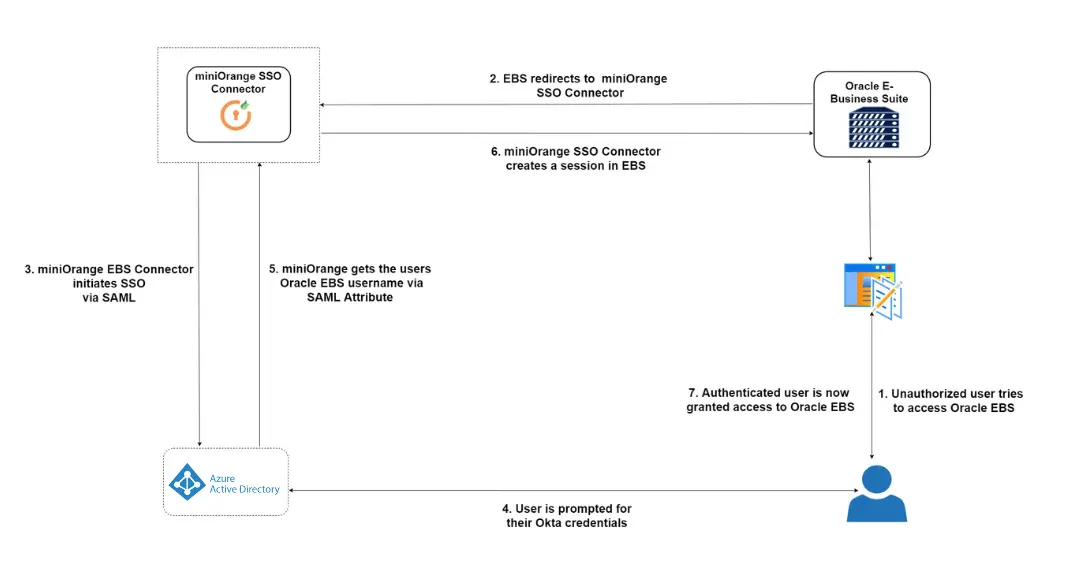Need Help? We are right here!
Search Results:
×The miniOrange SSO Connector is a tool that allows users to enable single sign-on (SSO) between Oracle EBS (Enterprise Business Suite) and Microsoft Entra ID. SSO allows users to use a single set of login credentials to access multiple applications, in this case Oracle EBS and Microsoft Entra ID. By using the miniOrange SSO Connector, organizations can integrate Oracle EBS with Microsoft Entra ID without having to purchase and install Oracle Access Manager (OAM) and Oracle Internet Directory (OID).
To set up the integration, the miniOrange connector must be registered as a SAML Service Provider (SP) in Microsoft Entra ID, and Microsoft Entra ID must be registered as a SAML Identity Provider (IdP) in the miniOrange connector. When a user tries to log in to Oracle EBS, the authentication process is delegated to miniOrange, which redirects the user to Microsoft Entra ID for single sign-on login. If the login is successful, the user is granted access to Oracle EBS.
"As the miniOrange Oracle EBS SSO connector is officially listed on Microsoft Azure Marketplace and Oracle Cloud Marketplace, you can rest assured that all of our integrations on the Microsoft and Oracle Stack fulfill the highest competencies set by Oracle for their trusted advisors like miniOrange."

Oracle Access Manager – OAM and Oracle Internet Directory – OID are not mandatory to integrate SSO between IDP and any of the Oracle Applications
Multi-Factor Authentication in Oracle apps allows users to provide additional authentication methods beyond just their username and password. It might include users to provide a one-time code sent to their phone via text message, or to use a physical token such as a security key.
Easily Integrate your existing LDAP/Active Directory or any SQL database in miniOrange to provide users SSO login with secure access to Oracle applications using their existing credentials.
User provisioning is the process of creating, modifying, and deleting user accounts in an Oracle application or system. Incorporated with directory services like Microsoft Active Directory or LDAP, it allows administrators to manage user accounts and permissions in a centralized location.
Device and IP restrictions control access to a system or Oracle applications based on the device and IP address of the user. For example, an organization might allow employees to access certain systems or applications only from within the corporate network, or block access from certain countries or regions.
Use your existing SAML/OAuth Identity Provider (IDP) to authenticate into Oracle applications. No need to onboard your users separately, we provide uninterrupted access to users.







"As a new government agency in charge of a massive untapped market, security against data breaches and hacking is critical for the organization's smooth operation, as is protecting the data of its employees and contractors. As a result..."
Oracle EBS Microsoft Entra ID SSO solution gives better productivity and user experience as users don't have to login multiple times or remember different passwords to login to different Oracle applications, thus improving productivity.
Simplicity for both end users and admins as their is no need to migrate existing user data from Identity Providers (IDP), Active Directory (AD) or database where your users are stored.
Along with SSO you can also add an extra layer of security to your Oracle apps by configuring Multi-Factor Authentication (MFA). We offer to log in using backup codes whenever the user is not having the phone available.
Periodically we enforce users to change their Single Sign-On (SSO) password to ensure additional security.
No need to remember different application URLs, as users are only using one set of credentials to login to any Oracle application via SSO authentication.
We support IT Security Audits such as SoX and HIPAA which are required while enabling SSO for Oracle applications like Oracle EBS 11i, R12, and 12.2.

